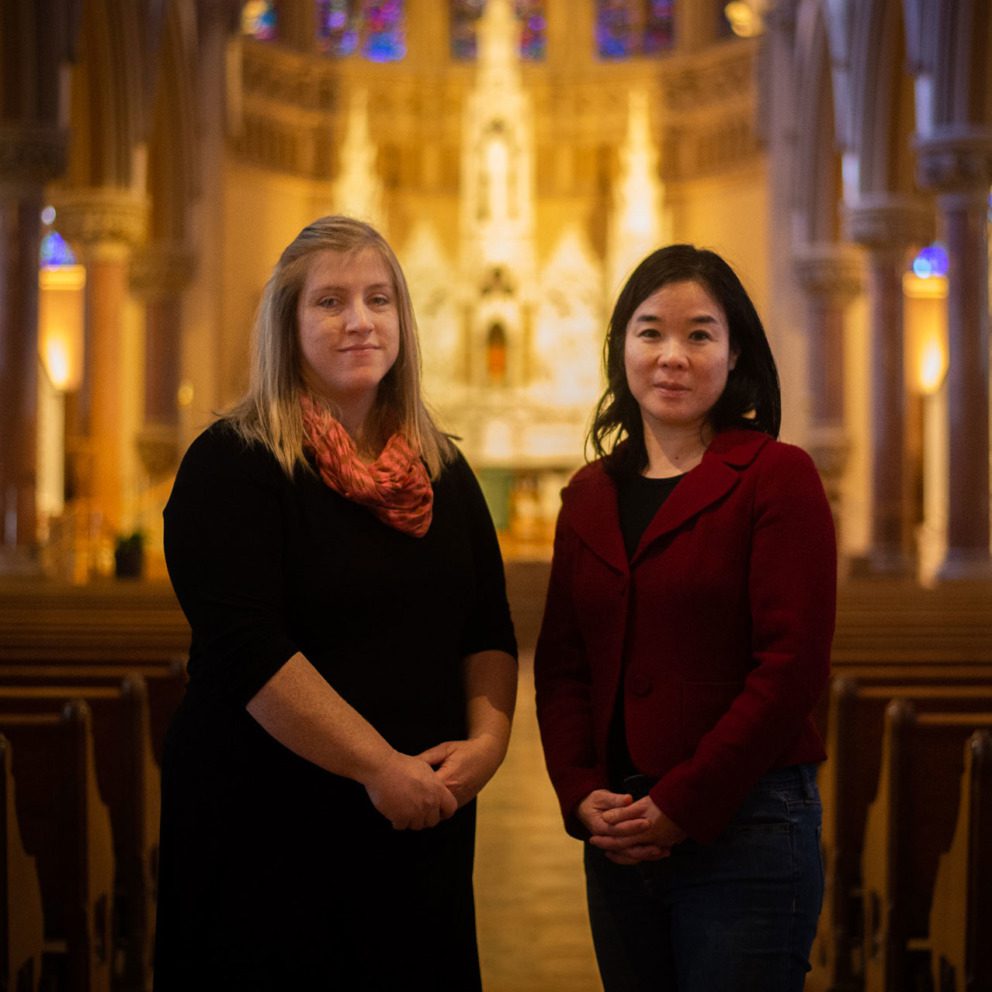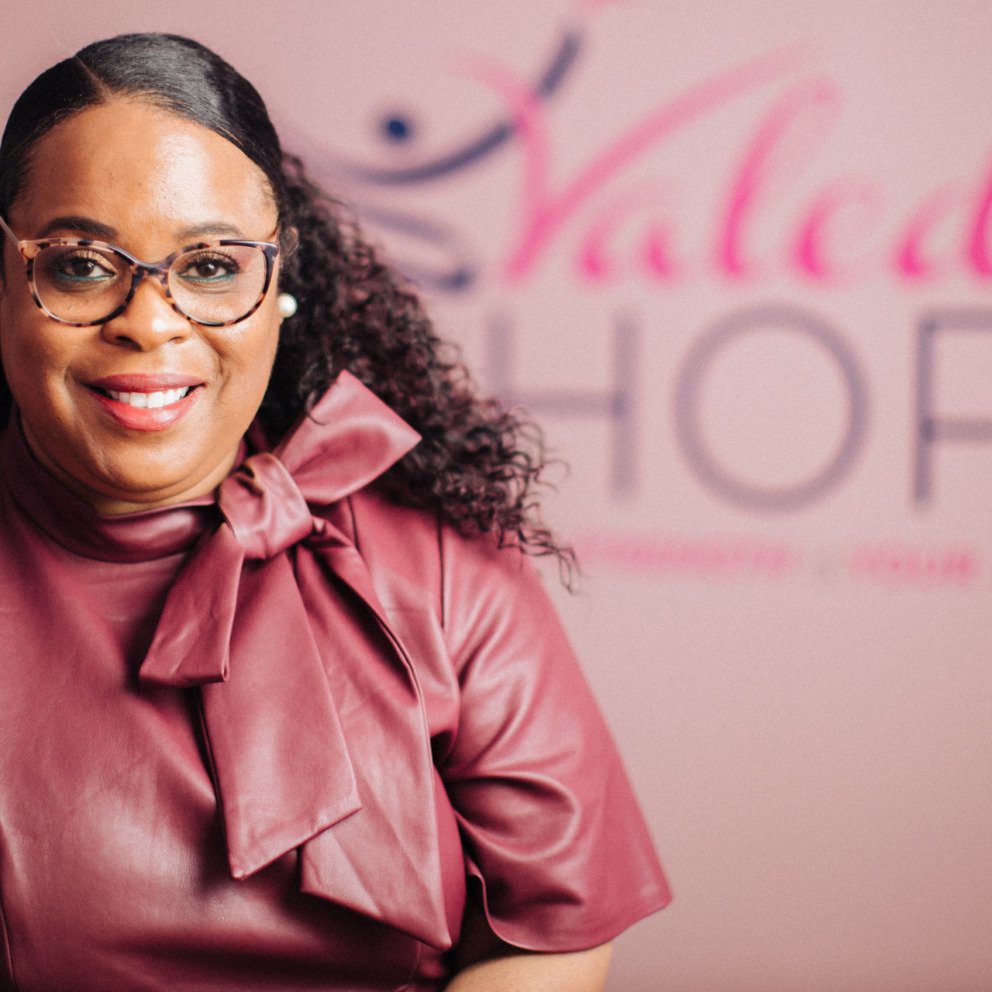Streaming With Faith
Places of worship use technology to connect with those looking for guidance in a time of uncertainty.
As he approaches Easter Sunday – normally a time of celebration and fanfare at the Gathering – the church’s founder and lead pastor, Matt Miofsky, can’t help but feel that the season’s message is more poignant this year than ever.
“Normally Easter is this big celebration; we’re all together, there’s music, there are lilies, we’re all packed into one place,” Miofsky says. “But this year it’s going to be different, and in some ways, I think that’s maybe for the best because if you look back at the original Easter story, it didn’t happen in a stadium; it happened in a graveyard. It didn’t begin with joy and hope; it began with people who were scared and grieving and uncertain about the future. I think this year, we have an opportunity actually to tap into that.”
Miofsky is keenly aware that those feelings of fear, grief and uncertainty are gripping his community as they struggle to navigate the havoc wreaked on their lives by the COVID-19 outbreak. Under normal circumstances, his congregation would seek solace from the church and fellow worshipers as they deal with such unsettling conditions. But these are not normal times, and, though congregants want to draw strength from their faith, the social distancing that the pandemic requires is making it difficult to do so in a traditional format.
Such circumstances have forced faith leaders like Miofsky to rethink their ministry in this time of crisis and physical distance. Many have shifted their services online so that their congregants can maintain a spiritual connection while in-person worship remains unavailable. Some are checking in on their flocks with conference and individual phone calls, while others have called for their faithful to reach out to one another through letters and video chats.
Miofsky shares that although some might have thought attendance would decrease without in-person services, the amount of people tuning in to worship has actually increased well above the numbers they would see on a typical Sunday. “We’ve had more people worship with the Gathering in the past three weeks than we’ve ever had in the history of our church,” Miofsky says.
Rabbi Susan Talve of Central Reform Congregation has noticed that, even though she has had to shift the synagogue’s services online, people are coming together in the midst of physical distance and relishing the humanity it reveals.
“We feel like we are having more people come to services now,” Talve says. “One Saturday morning, we had people join from Israel. All over the country, people we haven’t heard from in years are coming in to worship with us. Some have even commented on our dogs barking in the background – we do the services from our home. I think ‘Oh no, not the dogs barking,’ but people love to hear them because it’s a human touch.”
Like Miofsky, Talve sees this year’s Passover as having a powerful message in the face of isolation and restriction. It’s why she encouraged her congregation to celebrate this year through virtual Seders, even though they may have been tempted to postpone their observance of the holiday.
“Passover is about going from a narrow place to being free,” Talve explains. “It’s not just about being physically free but also spiritually and emotionally free and not letting the circumstances of our lives keep us stuck. You take those steps through the Haggadah, and by the end, hopefully you do feel free.”
This year, Talve offered virtual celebrations, including a video for people to follow along as they had their Seders, as well as a streaming Seder on the second night of Passover for those who are alone during the holiday. She believes the comfort of ritual and routine can be communicated regardless of the physical divide, and she feels that she has a responsibility to her congregation to provide those resources.
Miofsky, too, understands that his mission is more important than ever. He sees this time as one marked by grief – the grieving for those who are sick or who have succumbed to the virus, for the loss of worshiping in person with his community and for the normalcy of life before COVID-19. However, he also sees opportunities for gratitude during the pandemic, including the ways in which people are stepping up to take care of one another.
He’s also grateful for technology, which has allowed him to continue to minister to his congregation in the midst of the pandemic. Having a head start with virtual services – something the Gathering has been doing for several years as they have expanded across the St. Louis region – has given his church the chance to go completely online without skipping a beat, something that lets him communicate the hopeful message of this holiday season.
“Easter doesn’t come into a world that’s already doing great and make it a little better,” Miofsky says. “The whole point of Easter is that in our world, which is often so chaotic and uncertain and full of struggles and pain and hurt, the Easter story is where God comes in. In the midst of that, God begins producing joy and hope and gives us a new day that just begins to dawn so that we can look forward to it and lean into it. The chaos of our world right now is that Easter story. It’s all about hope, and we need that right now.”
Join the Story
Be a part of the Facebook group #STLMade4Good, where we share acts of kindness and generosity.








